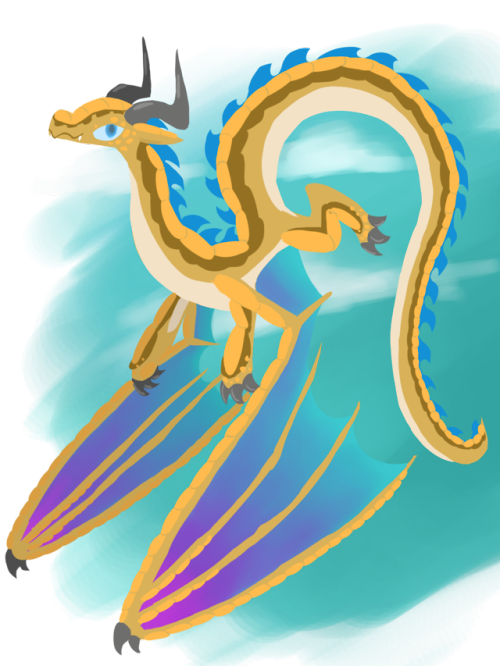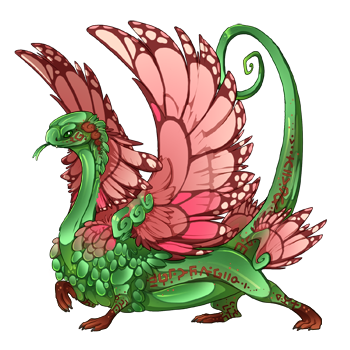
.png)
You can only have two of these auras active at once.Charged Aura When deactivated, if you have at least 7 energy, a massive spike of electrical energy jumps between up to 3 nearby targets, doing up to 32.2 Lightning damage to each with a 50% chance of dazing them.

If you have a conventional weapon in your psionically wielded slot, this will add 3.2 Lightning damage to all your weapon hits, costing 0.5 energy per hit. If you have a gem or mindstar in your psionically wielded slot, this will do 3.2 Lightning damage to all adjacent enemies, costing 0.5 energy per creature. You can only have two of these auras active at once.Thermal Auraĭescription: Fills the air around you with crackling energy. Anybody caught in it will suffer up to 192 fire damage over several turns. When deactivated, if you have at least 7 energy, a massive spike of thermal energy is released as a conical blast (radius 6) of superheated air. If you have a conventional weapon in your psionically wielded slot, this will add 19.2 Fire damage to all your weapon hits, costing 0.5 energy per hit. If you have a gem or mindstar in your psionically wielded slot, this will do 19.2 Fire damage to all adjacent enemies, costing 0.5 energy per creature. You can only have two of these auras active at once.Kinetic Auraĭescription: Fills the air around you with reactive currents of furnace-like heat. The damage will improve with your Mindpower. To turn off an aura without spiking it, deactivate it and target yourself. When deactivated, if you have at least 7 energy, a massive spike of kinetic energy is released as a range 6 beam, smashing targets for up to 24 physical damage and sending them flying.Īctivating the aura takes no time but de-activating it does.

If you have a conventional weapon in your psionically wielded slot, this will add 3.0 Physical damage to all your weapon hits, costing 0.5 energy per hit. If you have a gem or mindstar in your psionically wielded slot, this will do 3.0 Physical damage to all adjacent enemies, costing 0.5 energy per creature. Knowledge of habitat, host plants (for egg laying and caterpillar food), and nectar preferences helps in attracting butterflies to the garden.Ĭommon names found in bold type are the 21 Most Common Butterflies Found Across South Carolina.Description: Fills the air around you with reactive currents of force. Open woodland, Dunes, Pasture, Road edges Plants in the Composite Family (Asteraceae) Open woods, Coastal Dunes, Meadows, Road edges, Rocky moist woods, Brushy fields Shepherd’s Needle, Wild Strawberry, Winter Cress, Cinquefoil, Asters Open sunny locations, Weedy areas, Disturbed habitats Woolly Aphids, Scales, and Treehoppers found feeding on Alder, Witch Hazel, Ash, Beech, Hawthornĭeciduous woods near streams, Acidic bogsĮdges of deciduous woods, Old fields, Wooded freshwater marsh and swampĭogbane (poisonous), Privet, New Jersey Tea, Blackberry, Common Milkweed Plants in the Composite Family (Asteraceae), Common Buttercup, White Clover, Butterflyweed, Yarrowĭeciduous or mixed woodlands along streams Superfamily Papilionoidea (True Butterflies) GOSSAMER-WING BUTTERFLIES: Lycaenidae Familyĭisturbed areas: pastures, road edges, old fields These 21 species are listed by abundance in HGIC 1701, Butterflies in the Garden. Plants in the Heath Family (Ericaceae)- Eastern USīlueberry, Spicebush, Willow, Winter Cress, Wild Plum Mixed conifer woods, Barrens, Bogs, Sandy coasts Goldenrod, Hercules Club, Shepherd’s Needle, Sweet Pepperbush, Wild Plum Oak woods, Planted walnut fields, Mixed woods with mistletoe Hairstreaks and Elfins: Theclinae Subfamily Leadwort, Rattlebox, Downy Milkpea, Lima Bean Plants in the Pea Family (Fabaceae): Cassia spp. Small to medium pine forest opening or edges, Old fields Swamp Milkweed, Shadbush, Sand Myrtles, Sweet Pepperbush, Highbush Blueberry, Buttonbush, Dogbane Redbud, Willow, Wild Plum, Hawthorn, Swamp PrivetĬoastal plains swamps and stream banks with associated barrens Winter Cress, Dogbane (poisonous), Common Milkweed, Wild Carrot, Shepherd’s Needle, ButterflyweedĮdges or opening in barrens and pine or pine-oak woodlandsĭahoon Holly, American Holly, Yaupon Holly, Redbud, Blueberry, Huckleberry, Viburnum Old fields, Bluffs, Barrens, Juniper woodlands, Cedar breaks Wax Myrtle (fallen leaves), Winged Sumac, Oaks Scrub Pine (Pinus virginiana), White Pine ( Pinus strobus)īlueberry, Cinquefoil, Chickweed, Common MilkweedĬoastal hammocks, Overgrown fields, Forest edges


 0 kommentar(er)
0 kommentar(er)
